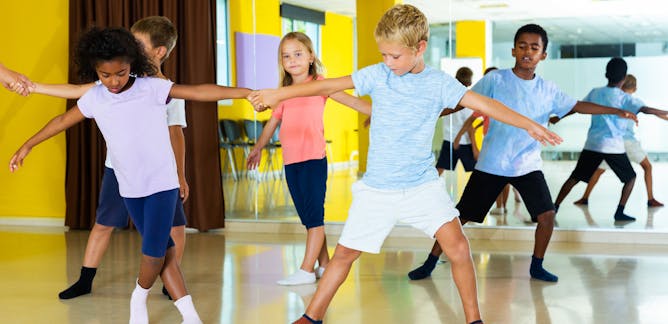
Articles on Physical education
Displaying 1 - 20 of 36 articles

Two hours a week is not enough.

One genetic study of over a quarter million people highlights the cognitive benefits of exercise, while another, based on 30 years of scientific literature, says the opposite. Who’s right and who’s wrong?
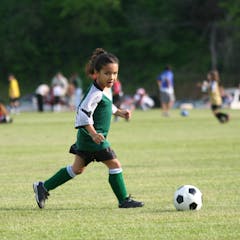
Physical education is too often sexist and old fashioned. Here’s what it could be like instead.
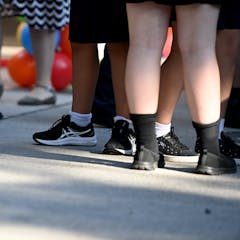
As enrolments climb and urban spaces become more crowded, some schools have been left with less play space per student than a prison cell.
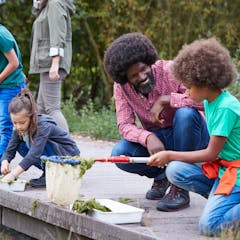
Policymakers can boost outdoor education by integrating it into strategies to enhance both student and teacher well-being and equity.

Many primary school PE lessons have been outsourced to private sports contractors, resulting in the ‘deskilling’ of a generation of teachers.
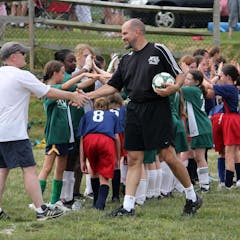
The benefits of sport for young people include not only health and enjoyment, but also an appreciation of many of the civic values and ethics that make our democracy work.
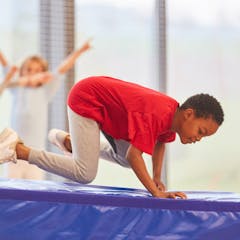
Studies point to students’ movement skills declining during lockdowns, especially among younger children. Levels of physical activity must be restored to avoid lifelong harm to their health.
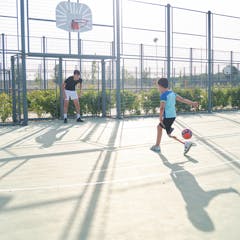
Inclusive education has been promoted since the 1970s. But research shows children with disabilities are still excluded from school activities and sports in particular
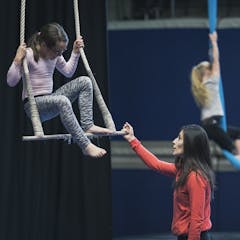
Teaching circus arts — from juggling to trapeze — in physical education classes increased children’s physical literacy, resilience and participation, with greater gender equity.
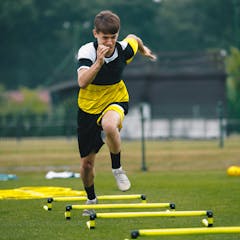
Health and physical education includes subjects such as sport science, health studies, athlete development, food and nutrition, outdoor and environmental studies, and sport and recreation.
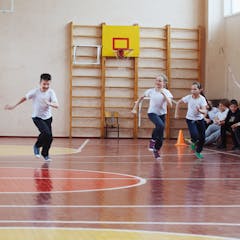
Governments spend millions to try to get kids moving but these interventions may be short-lived, or only benefit a group of kids. Our program is cost-effective and can work long term.

Greek statues, the Napoleonic wars and the advent of photography all played a role.
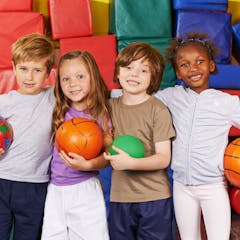
Exercise classes are made up of one-way instruction – but PE is collaborative and can teach all-round skills.
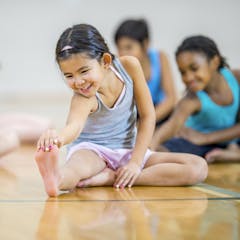
With many schools closed, children’s health could suffer.
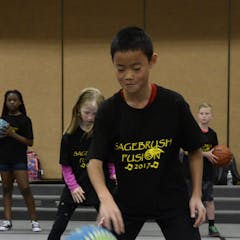
Youth physical inactivity was already a problem before COVID-19, but it doesn’t have to stay that way.
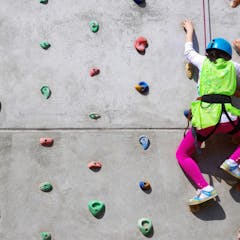
Improving social, physical and psychological abilities.
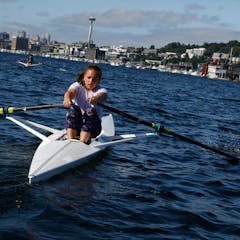
The cost and the hassles involved can stand in the way of kids joining teams and taking part in organized activities. So can cultural barriers.
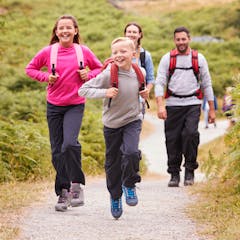
We need to keep active and exercise to stay healthy. So why not teach school kids some of the activities they’d go on to enjoy later in life?
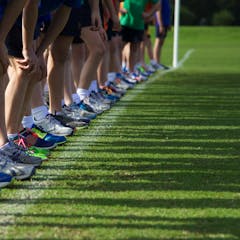
Young people spend too much time sitting still. When they get a chance to move, it should not be stressful.
